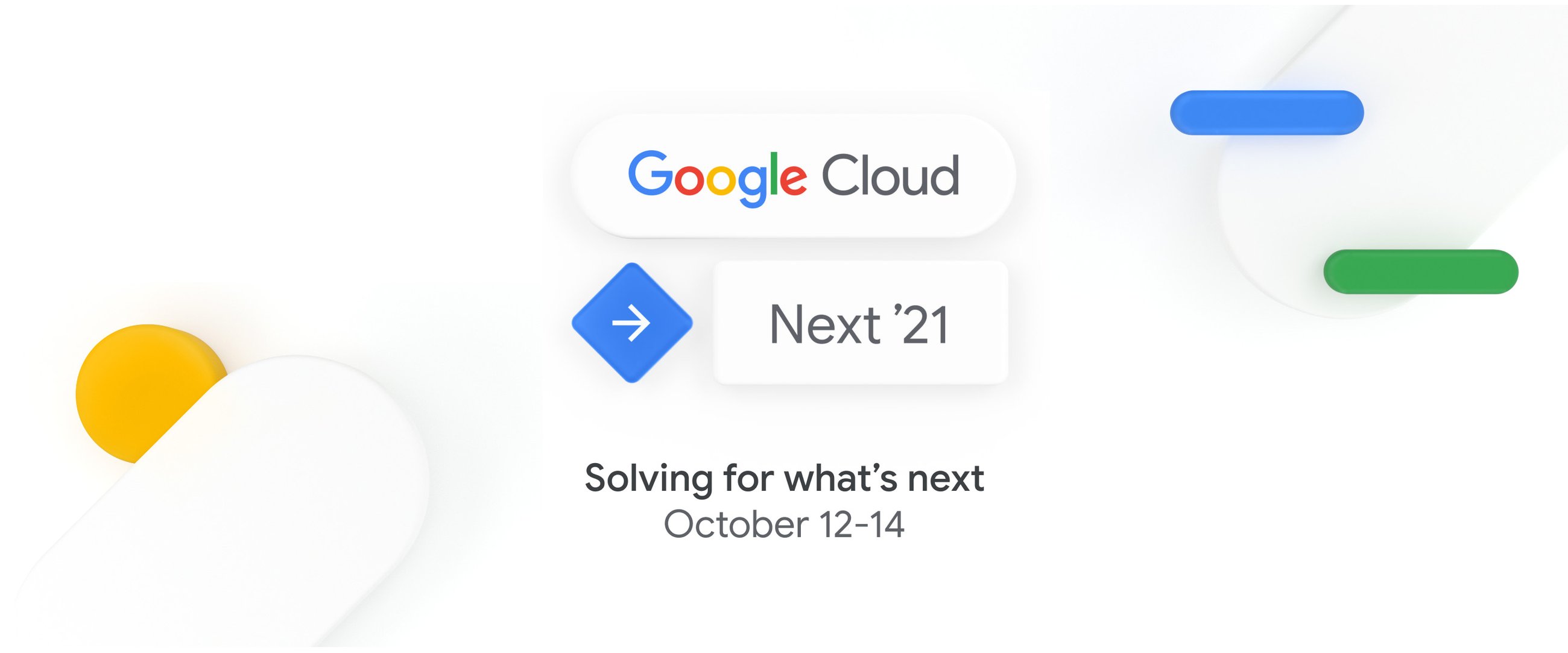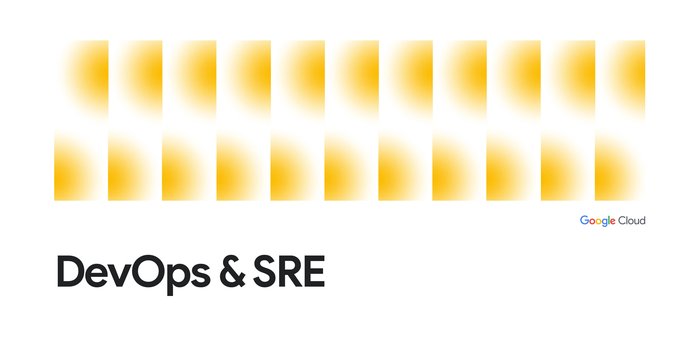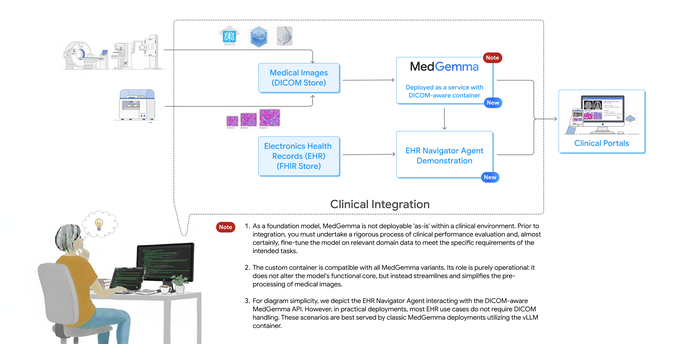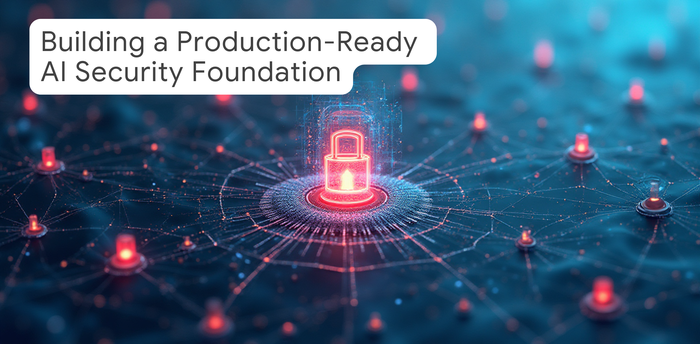Next Reaction: New Data Cloud launches

Leigha Jarett
Developer Advocate, Looker at Google Cloud
Try Google Cloud
Start building on Google Cloud with $300 in free credits and 20+ always free products.
Free trialAt Google Cloud Next, we’ve announced several new data cloud launches that go a long way in helping technical practitioners, like you, derive business value from their data. In this post, we’ll provide an overview of what was announced, why it matters for you and how you can get started using these services in your data workflows.
First off, we’ve announced several new services in preview:
Earth Engine for Google Cloud
- What is it? A platform for accessing and processing geospatial data at scale - now available for commercial use
- Why does it matter? With Earth Engine’s huge and continuously updating data catalog you can easily find earth science data to incorporate into analytics. Using the APIs you’re able to process geospatial data at a huge scale and build curated applications for analysis.
- How do you get started? Search through the public data catalog here, and walk through API tutorials here
Spark on Google Cloud
- What is it? Serverless Spark service running inside of Google Cloud
- Why does it matter? Serverless auto-scaling enables developers to focus on application vs infrastructure tuning, and frees up the data engineering teams from infrastructure management. Additionally, Spark on GKE allows developers to standardize Spark jobs on Kubernetes, while Vertex AI integrates with Dataproc clusters to run Spark jobs from a notebook environment.
- How do you get started? Sign up for the preview with this form, learn more about Spark on Google Cloud here
Vertex AI Workbench
- What is it? Fully managed Notebook IDE for data exploration and data science workflows
- Why does it matter? Vertex AI Workbench simplifies and improves the efficiency of data science workflows by giving users the ability to launch multiple kernels (e.g. TensorFlow, R, PySpark) from the same instance, schedule notebooks to run ad-hoc or on a repeating basis, change the hardware profile without having to shut down your instance, leverage idle timeout and directly browse or query data you have access to in BigQuery. Data scientists can build and train ML models 5x faster with Vertex AI Workbench compared to traditional notebook services.
- How do you get started? Walk through this tutorial and learn more about Vertex AI here
Next, we’ve announced additional products and solutions in general availability:
BigQuery Omni
- What is it? Run BigQuery’s query engine on Anthos clusters running in Amazon Web Services (AWS) or Azure
- Why does it matter? You can use the familiar BigQuery interface without having to move your data from AWS or Azure into Google Cloud.
- How do you get started? Learn more here
Dataplex
- What is it? Single interface for centrally managing data lake assets stored in Cloud Storage and BigQuery
- Why does it matter? Simplify data management by surfacing issues and controlling access to entire groups of data assets from a single location. Plus, new files added to storage buckets within Dataplex lakes are automatically made accessible within BigQuery and Dataproc metastore as external tables for unified data analytics.
- How do you get started? Learn more here and read the dataplex blog here
Looker Solutions for Contact Center AI and Healthcare NLP API
- What is it? Pre-built templates for Contact Center AI (CCAI) and Healthcare data sources and analyses
- Why does it matter? With these Looker solutions you accelerate time-to-value for augmented analytics, giving non-technical users the ability to take direct action on insights surfaced from artificial intelligence.
- How do you get started? Read the Looker CCAI whitepaper, learn about the Healthcare NLP API Block, and if you don’t have access to a Looker environment, you can request a trial here
With these new announcements you can expand your data use cases, support better efficiency and scale, all while saving practitioner time and development resources. Let us know what you think by joining the conversation at #GoogleCloudNext.



